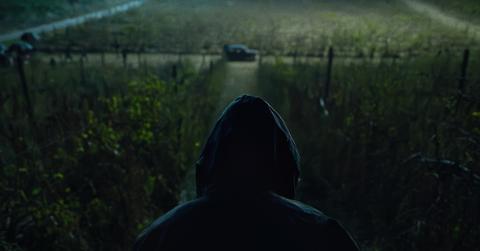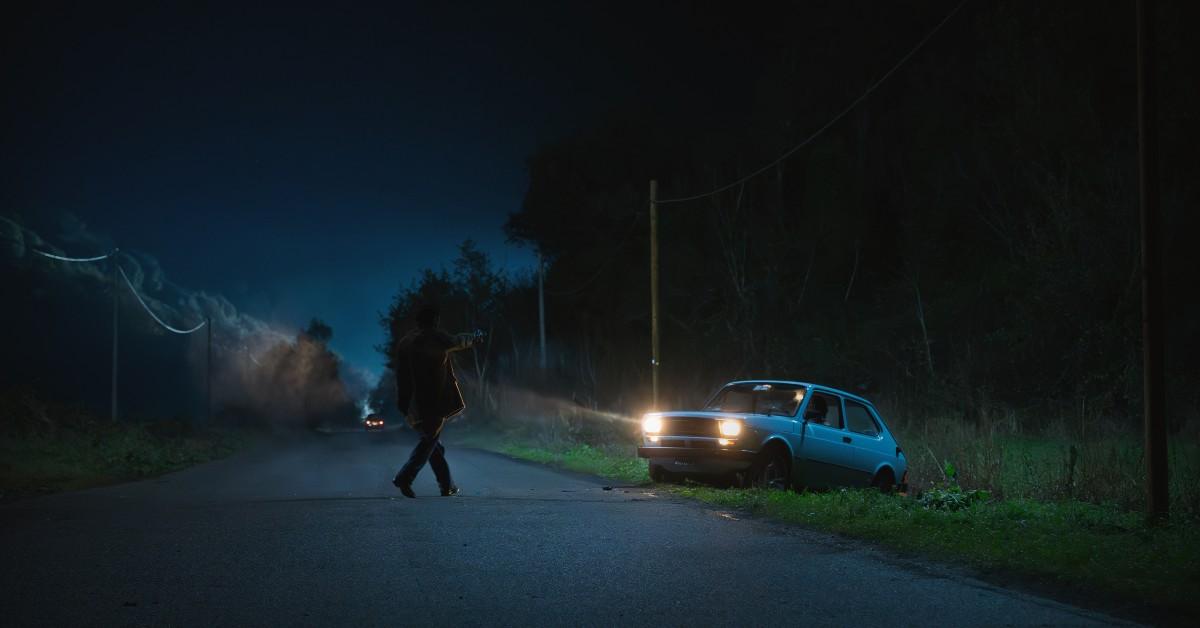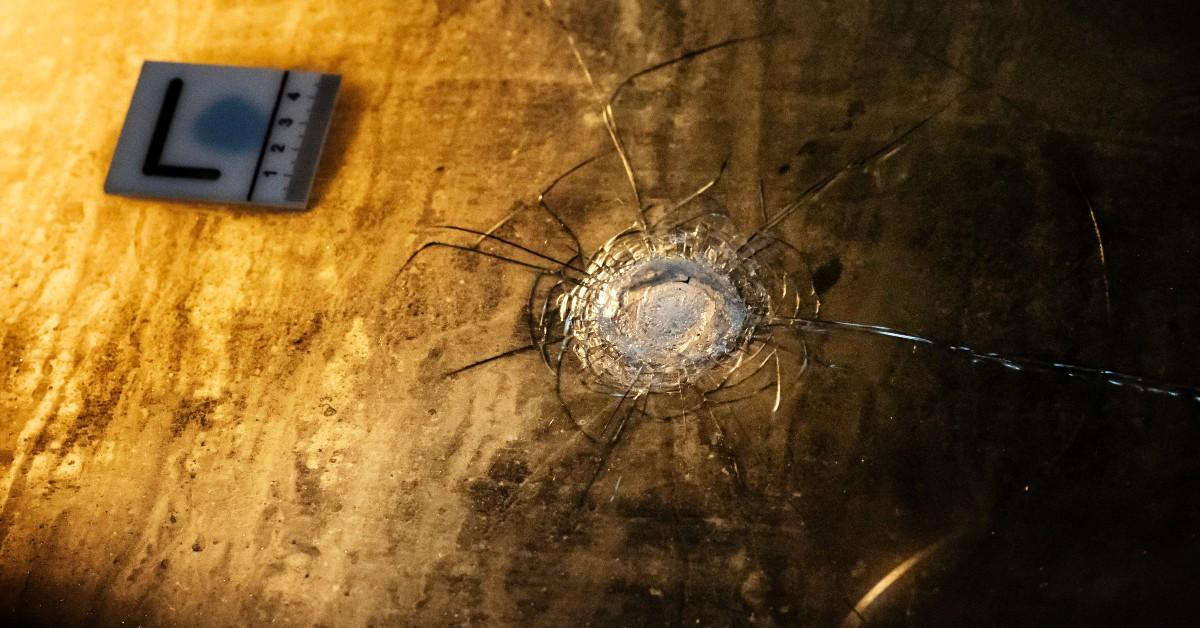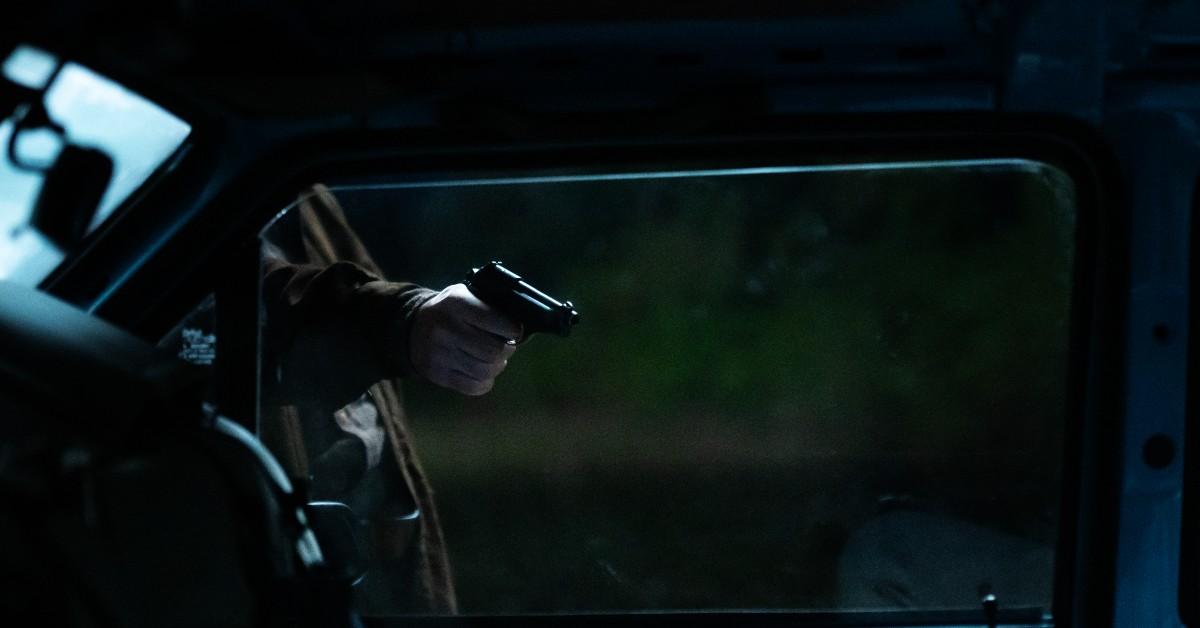Was the Monster of Florence Ever Found, or Is the Serial Killer Still at Large?
Did they ever capture the real Monster of Florence?
Published Oct. 23 2025, 12:57 p.m. ET

Between 1968 and 1985, a series of brutal double homicides transformed the hills outside Florence into a landscape of fear. The victims — young couples parked in cars — were gunned down and, in many cases, mutilated. The media called the killer Il Mostro di Firenze: the Monster of Florence. The case would become one of Italy’s most disturbing, confusing, and enduring criminal investigations.
While authorities ultimately convicted two men in connection with the killings, many Italians — and experts — remain unconvinced that the true killer was ever found. Nearly 40 years after the last known murder, the Monster of Florence case continues to raise more questions than answers. Keep reading to explore the details on why no one is sure whether the Monster of Florence was ever found.

Was the Monster of Florence ever found? The question never got a clear answer.
According to The Time, the first murders attributed to the Monster occurred in 1968, when Barbara Locci and her lover, Antonio Lo Bianco, were shot in a parked car near Signa. Barbara Locci’s husband, Stefano Mele, confessed but later retracted his statement. He was convicted and imprisoned. Investigators eventually, however, linked the same .22 caliber Beretta pistol used in that killing to seven more double homicides. Several of those homicides occurred while her husband was still behind bars.
By 1985, 16 people had been killed, including foreign tourists. Most of the victims were couples in remote areas. In several cases, the female victims were gruesomely mutilated. The weapon — a .22 caliber Beretta loaded with Winchester “series H” bullets — remained the case’s only consistent piece of physical evidence. To date, it has never been recovered.

Over the years, suspects were arrested, convicted, and later cleared.
The investigation, per The New York Times, spanned decades and saw multiple suspects accused, jailed, and later released. In the 1970s and early 1980s, officials pursued what became known as the “Sardinia Trail." This theory focused on the concept that a group of Sardinian men residing in Tuscany was connected to the murders.
Turns out, this unfounded theory implicated several men connected to Stefano Mele and his wife’s social circle. Among them were Francesco Vinci, another of Barbara Locci’s former lovers, and several of Stefano Mele’s relatives. All were eventually cleared after new murders occurred while they were in custody.
In 1994, attention shifted to Pietro Pacciani, a Tuscan farmer with a history of violence and sexual assault. He was convicted of seven of the eight double homicides, but his conviction was overturned on appeal.

Before a new trial could begin, Pietro Pacciani died in 1998. Police then turned their attention to two of his alleged accomplices — Giancarlo Lotti and Mario Vanni. Giancarlo Lotti confessed but gave inconsistent statements. Both men were convicted in 1998 and later died in prison.
To this day, no forensic evidence conclusively links any of the convicted men to all the murders.
Could the Monster of Florence still be alive today?
That question remains part of what keeps this case alive in Italy’s public imagination. The last known murders took place in 1985. If the killer were, for example, in their mid-thirties at the time, they would be approaching 75 today. It is not impossible that the perpetrator — or one of them — could still be alive. It does become less likely with each passing year, however.
To date, no one has ever been charged with all eight double homicides. With no DNA match and the murder weapon still missing, the case remains technically open.
So, did they ever find this serial killer? Officially, yes — two men were convicted. But decades of conflicting evidence, overturned convictions, unproven theories, and an unrecovered murder weapon have left most Italians unconvinced. Whether the real killer is dead, alive, or was ever truly identified at all remains one of Italy’s biggest criminal mysteries.